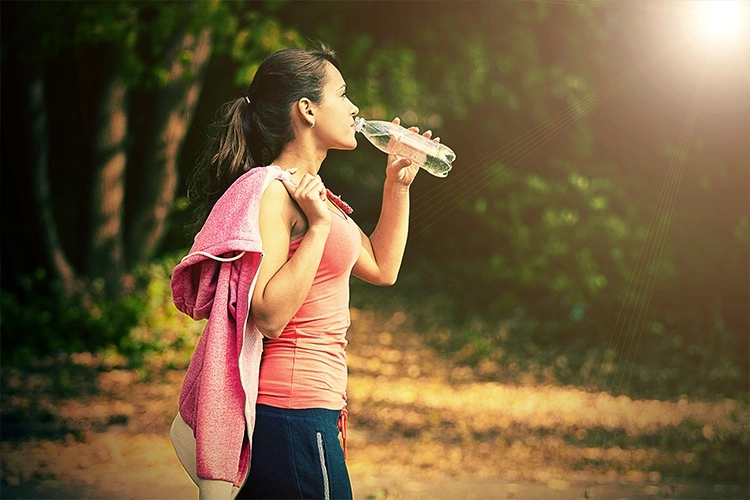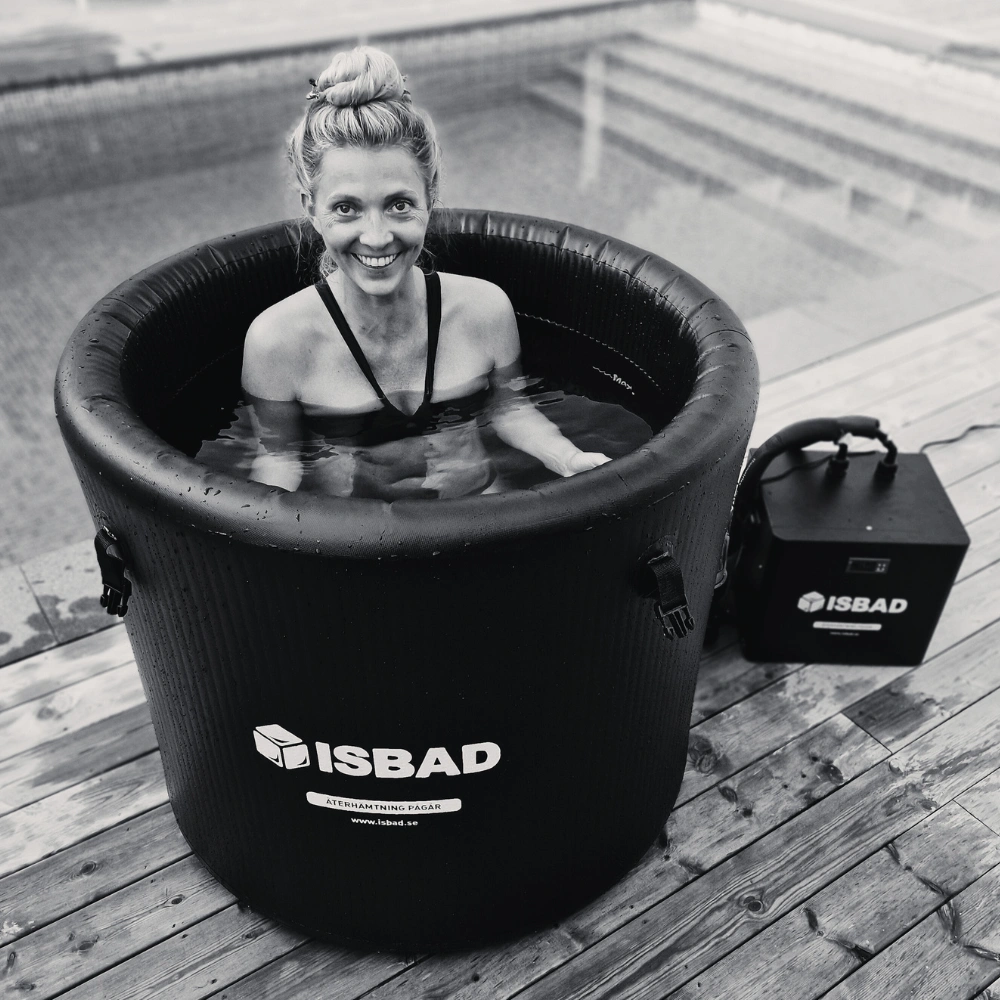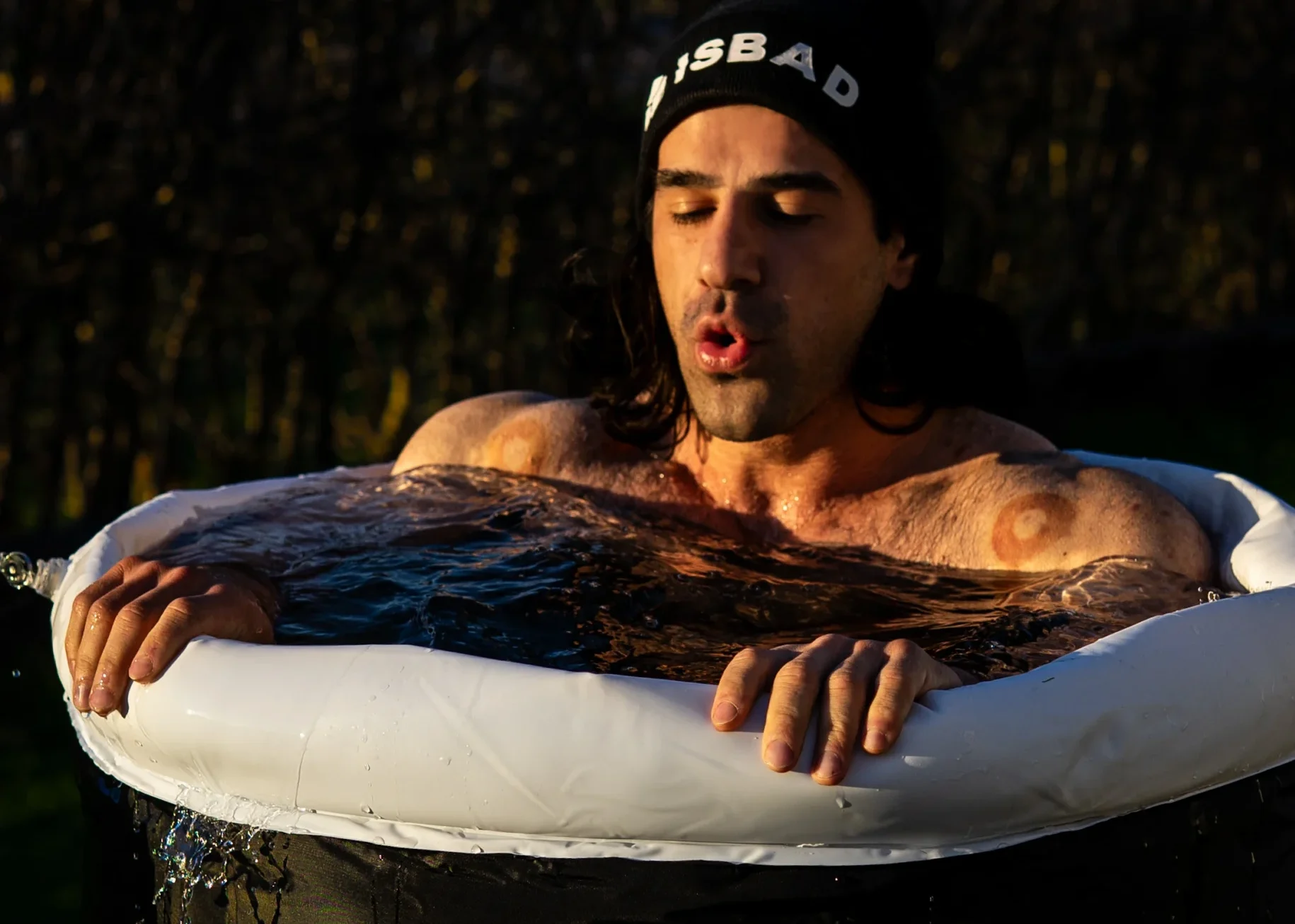The human body reacts to both external and internal changes, and body temperatures rise in different situations. The normal body temperature is usually around 37°C, but it can vary slightly depending on the time of day or individual factors. After intense physical activity or during a hot summer day, the body temperature may rise. A body temperature above 38°C often indicates fever, which may require special attention.
Hot outdoor temperatures, intense physical activity, illnesses that cause fever and certain medications can also lead to an increase in body temperature. To maintain optimal health and prevent overheating, it is important to understand how the body regulates temperature and what methods are available to reduce body heat.
This article shares five tips to reduce body heat and explains the most common causes of high body temperature. It is possible to reduce body heat in two ways: externally or internally.
An example of external cooling is jumping into a cool pool or taking a ice bath, while drinking cold water is a way to lower body temperature internally. Ice baths are particularly effective in rapidly lowering body temperature and promoting recovery after physical exertion. Here are five different ways to reduce body temperature and promote both health and well-being.
1. Drink cold liquids
Drinking cold liquids, such as water or iced tea, is an easy way to reduce body temperature. By cooling the body from within, cold drinks help to regulate temperature. In addition, regular intake of fluids prevents dehydration, which can otherwise lead to an increase in body heat and eventually affect both your health and recovery. It is particularly important to drink enough fluids on hot days or during physical activity to ensure that the body can effectively regulate its temperature.
2. Cool air for fast recovery
Being in a cool environment helps your body to lower its temperature quickly. If you stay in an area with cooler air, your body loses heat through convection, which means that heat is transferred to the surrounding cooler air. This method is particularly effective if you have exerted yourself physically and need to recover quickly. Regular stays in cooler environments can also help to keep your body temperature from rising too much, especially on hot summer days.
3. Ice bath or cold water for maximum cooling
One of the most effective methods to quickly lower body temperature is to take a ice bath. Submerging the body in cold water or swimming in a cool pool helps reduce body heat by wire, which means that the body's heat is transferred to the water. Ice baths are not only good for quickly lowering body temperature, but they also contribute to a faster recovery after physical activity by reducing inflammation and muscle pain. Many athletes use ice baths to help their body recover faster and reduce muscle fatigue.
4. Limiting physical activity
The body gives off heat when it moves, which can lead to an increase in body temperature. To avoid overheating and promote recovery it is wise to reduce physical activity on hot days or after intense exercise. By moving less, the body can conserve its energy and lower its temperature more effectively. If you still have to perform physical activity in hot conditions, it is important to take regular breaks and cool your body down with fluids or an ice bath to avoid overheating.
5. Wear lightweight, breathable clothing
Wearing lightweight and breathable clothing, such as cotton and linen, helps to release heat from the body. Natural materials allow better air circulation compared to synthetic fabrics, such as acrylic and nylon, which tend to retain heat. When the body can breathe and easily release excess heat, body temperature is reduced more effectively. Wearing lightweight clothing is an easy way to keep the body cool and prevent overheating, especially on hot days.
Causes of high body temperature
There are many reasons why body temperature can rise, both external and internal factors. Understanding these can help you take preventive measures to protect your health.
- Warm environment: Spending time in warm environments, both outdoors and indoors, can increase body temperature. It is particularly important to dress appropriately and take regular breaks to cool down your body.
- Overexposure to the sun: Spending too much time in the sun can lead to heat stroke or sunstroke. It is important to drink plenty of water and protect yourself from direct sun exposure.
- Physical activity: During physical activity, the body releases energy in the form of heat, which can lead to an increase in body temperature. It is therefore important to recover through rest and cooling measures such as ice baths.
- Diseases: Fever and infections can also cause high body temperature. Fever is the body's way of fighting infection and is usually a sign that the body is working to restore health.
Executive summary
In summary, the ice bath one of the most effective ways to lower body temperature and promote both health and speed recovery. By combining practices such as drinking cold liquids, staying in cool environments, and limiting physical activity, you can effectively keep your body temperature under control and maintain optimal health.











